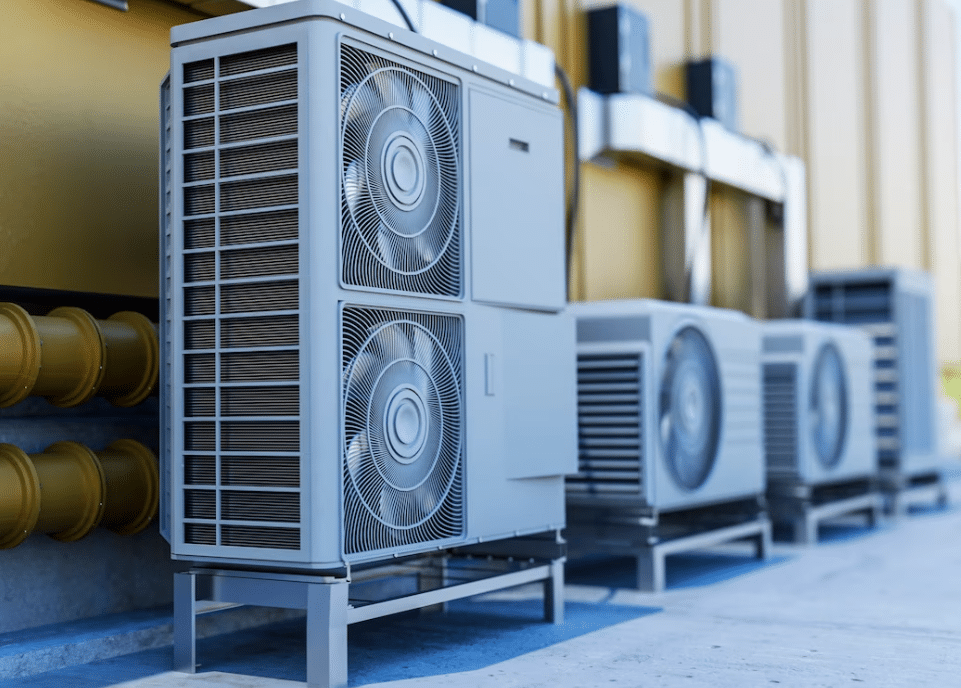
Air conditioning systems are essential to modern homes and buildings, providing a comfortable indoor environment even in the hottest months. Clarks Mechanical is here to help you decide which system is best for your home or business. We’ll help you understand the difference between central and ductless systems.
Central Air Conditioning Systems
Central air conditioning systems are a common choice for larger homes and buildings. These systems consist of a central unit, typically located outside the building, responsible for cooling and dehumidifying the air. The cooled air is then distributed throughout the building using a network of ducts.
Central air conditioning systems are often more energy-efficient than individual room units, as a single thermostat can control them. One of the main advantages of central air conditioning systems is that they can cool multiple rooms at once. This is particularly useful for larger homes and buildings, where individual room units may not be practical.
However, there are also some downsides to central air conditioning systems. The installation process can be more complex and costly, as it requires the installation of ductwork throughout the building. Additionally, central air conditioning systems may not be as effective at cooling individual rooms as the cool air is distributed evenly throughout the building.
Maintenance is also important for central air conditioning systems. Filters should be changed regularly to prevent the buildup of dirt and debris, which can reduce the system’s efficiency. Regular inspections by a professional technician are also recommended to ensure the system functions correctly and address any potential issues before they become more serious.
Ductless Air Conditioning Systems
Ductless air conditioning systems, or mini-split systems, are a popular alternative to traditional central air conditioning systems. These systems consist of one or more indoor units connected to an outdoor compressor unit. Each indoor unit can cool a single room or area, making them ideal for smaller homes, buildings, or rooms not connected to a central duct system.
One of the main advantages of ductless air conditioning systems is their flexibility. Because each indoor unit can be controlled independently, homeowners can adjust each room’s temperature to their preferences. This can lead to significant energy savings, as homeowners can choose to cool only the rooms they are using and avoid wasting energy on unoccupied home areas.
Another advantage of ductless air conditioning systems is their ease of installation. Unlike central air conditioning systems, which require extensive ductwork to be installed throughout the home, ductless systems only need a small hole drilled into the wall to connect the indoor and outdoor units. This can make them a more cost-effective option for homeowners installing a new air conditioning system.
In addition to their flexibility and ease of installation, ductless air conditioning systems are highly energy efficient. Because they are designed to cool individual rooms or areas, they require less energy than central air conditioning systems, often intended to cool an entire building. This can lead to significant cost savings on energy bills over time.
Finally, ductless air conditioning systems are also relatively easy to maintain. Because each indoor unit is separate from the others, any issues can be addressed without affecting the rest of the system. Additionally, because the units are smaller than central air conditioning units, they can be easier to clean and maintain over time.
Choose Clarks Mechanical
Clarks Mechanical provides a variety of air conditioning systems to suit your needs. Central air conditioning systems are ideal for larger spaces and homes, while ductless systems work well in smaller or single rooms. Whichever system you choose, Clarks Mechanical will help you make the right decision and provide quality service.



